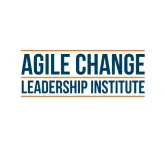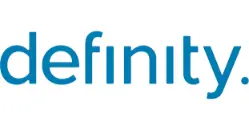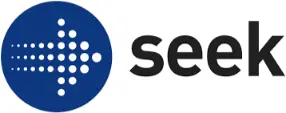It’s no surprise that our attention spans are shrinking. It seems increasingly challenging to make time to absorb more information and to learn new things. Therefore, micro-learning is emerging as a more effective way to learn than longer, traditional classroom-based sessions.
If the term micro-learning is new to you, it’s learning through shorter and sharper activities or experiences.
New ways of working mean new ways of learning
Pause for a moment to think about how you consume new information. It’s likely that you are:
- hearing information through conversations and podcasts,
- learning by reading short blog posts or articles,
- watching Ted Talks, observing others,
- experimenting with new practices,
- asking questions,
- seeking advice via social networks
- along with sharing experiences with friends and peers.
With remote and hybrid working, you have been learning and interacting from various locations. These are all newer ways of learning that represent a shift from a facilitator-led classroom or lecture to learning that is more self-directed, often with moments of peer-to-peer interaction.
In recognition of working environments where there is information overwhelm, at the Agile Change Leadership Institute we have embraced micro-learning with gusto. We carefully design our learning to build capability in smaller, bite-sized chunks and consider the value of iterative learning cycles. It’s more aligned with how we take in information, often when we need it.
Our enthusiasm for this approach is based on proven benefits of microlearning. Here’s a summary:
Seven benefits of micro-learning
- Speed to knowledge:
Learn what you need, when you need it, giving you ‘on demand’ knowledge to test and learn just-in-time. - Improves completion:
Research shows that likelihood of completion of microlearning programs is faster and higher than other training. - Brain friendly:
Short episodes ease cognitive load, improve focus and support retention. - Anytime, anywhere:
Digital channels mean we can learn from any location and when it suits us. Anytime learning enables us to learn just-in-time when we are more likely to apply the learning or experiment with a new practice. - Aligned to our lifestyle:
It’s how we consume information, via multiple channels, often through our portable devices. - Learning is more self-directed:
Our brains like choice and options – it enables autonomy which activates a reward response in the brain. In turn, this means the content is more likely to be retained. - Supports peer to peer learning:
Information is easier to share when consumed in short bites.
Reflect on how you are consuming new information or learning? How does it resonate with micro-learning and the benefits?
If you’re looking for ways for yourself or your team to become more Agile, we offer a range of courses including our Agile Change Leadership and Agile Change Management Certification!


































